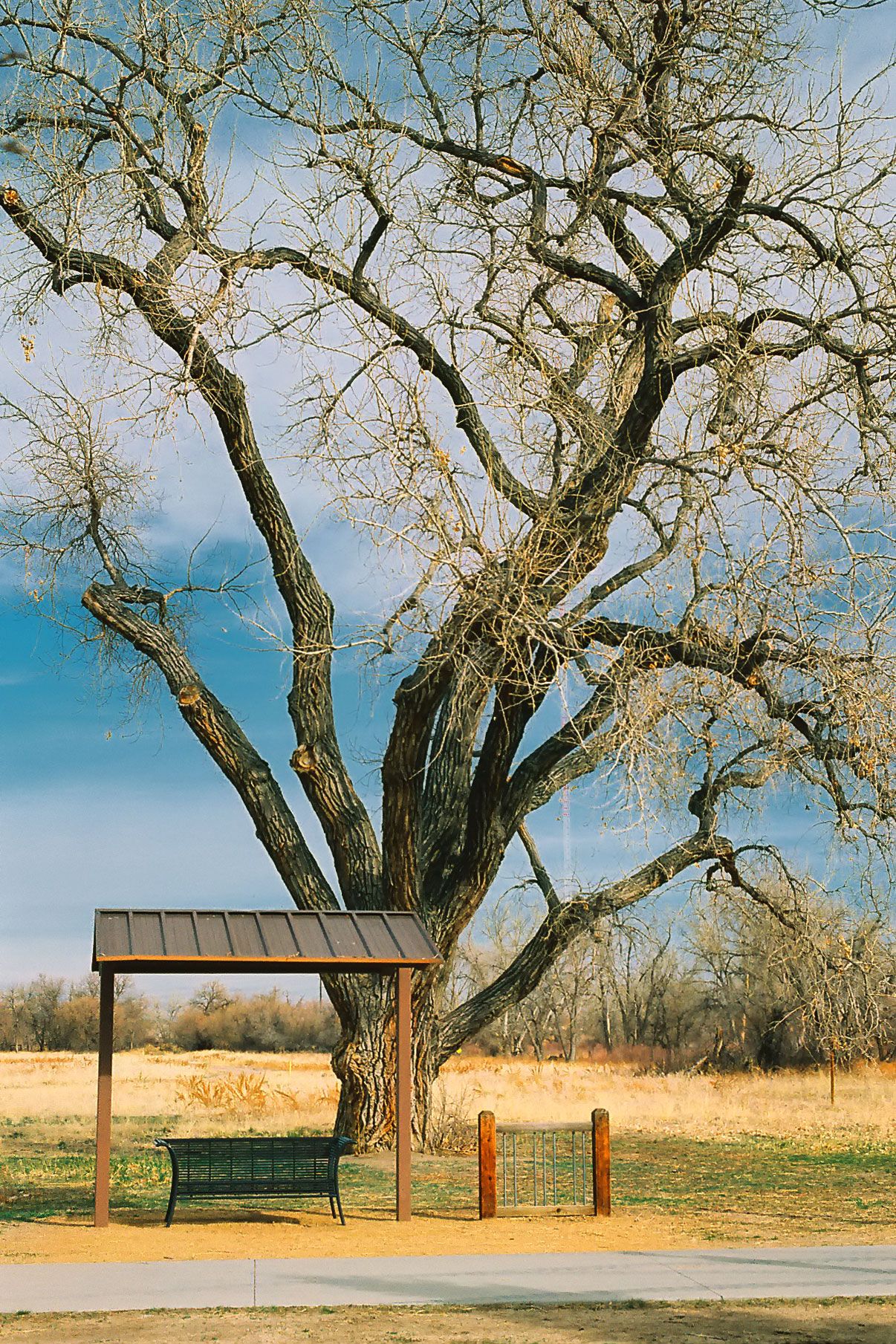Today’s Post by Joe Farace
Part of being successful is about asking questions and listening to the answers. —Anne Burrell
I love to hear from readers of this blog, which is why there’s a Contact page that lets you send email directly to me. Many of you have taken advantage of that and I send a personal (and fast) reply. It’s been a while since I’ve had a Q&A post on the blog and I there are some questions that happen often enough so that I decided to publish this Q&A post in case you had one of these questions in mind but haven’t asked yet.
Here’s a Few of the Questions…
Q: Why haven’t you written any new books?
A: The short answer is nobody has asked me to write any books lately and I haven’t pitched any book ideas either. That’s mostly because publishers these days appear to be looking for photographers withe large numbers of social media followers, which is not me, it seems. They don’t want to have to sell the books, they want the photographer to sell them to their followers. The publisher of my last four books no longer publishes photography books. In the not-so-distant past, a few publishers approached me about writing books but the deals never closed for lots of reason, even though I was interested and ready to go.
 Q: You haven’t mentioned your Seagull TLR lately in any of your posts or if you’ve solved it’s film scratching problems. Any news
Q: You haven’t mentioned your Seagull TLR lately in any of your posts or if you’ve solved it’s film scratching problems. Any news
A: Shooting with cameras that are thirty years old or older is not without some challenges. For example, when testing my 45-year old Canon AV-1, I ran into some winder problems but there appeared to be some other issues. I asked The Darkroom about the first test roll of film I put through the camera (and they processed) and they thought the shutter was lagging and blocking part of the frame. They suggested a CLA that would cost more than the camera or try using shutter speeds of 125th or slower. I did that fo a second test roll with now porblems and the featured image is from that roll.
I plan to clean up the Seagull in what I fear will be a hopeless attempt to fix the negatives scratching proble. If it can’t be fixed, I’ll be down to my Holga 120N or Holga Wide Pinhole Camera for medium format. But as I mentioned in my post, Photography takes Talent, Hard Work and Luck, I am hoping to get a well used Hasselblad 500CM (or 500C) sometime in April or May. I’ll let you know how that goes in an upcoming #fimfriday post and maybe even an unboxing video.
How I Made this photograph: This image was made during a PhotoWalk through McCabe Meadows on a winter’s day. It was shot with a Canon AV-1 an FD 50mm f/1.8 lens. (For a brief overview of Canon’s A-series, check out this post when you have time.) The film used was a way-expired roll of Agfa Ultra 50 color negative film that has a 50 ISO but was shot at an Exposure Index of 25. Exposure unrecorded. Exposure Index (or EI) refers to an ISO rating used for a particular shooting situation that is different from the actual film (box) speed rating. It was processed and scanned by Mikes Camera in Lone Tree, Colorado.
Q: What kind of computer and operating system do you use? It’s seems like from reading some of your recent posts they both seem kinda old?
A: You got it! My 27-inch 5K iMac runs the Apple Sierra 10.12.6 operating system that was introduced in 2016. By comparison, the recent macOS 15 aka Sequoia was announced in September, 2024. My main computer was built in late 2014, which in computer years—they’re like “dog years”— makes it old but so am I in human years. My second computer is a 21.5-inch iMac that was built in late 2013 and runs macOS Mojave 10.14.6 that was launched in June, 2018.
The real question you could have asked is: Would there be any difference in how my images look if I used a newer computer with all of the latest hardware and subscription software? Maybe, but maybe not. I think that’ because it ultimately comes down to the photographer, not the equipment. Out here in the real world, I can only work with the hardware and software I can afford and suspect that’s also the case for many of this blog’s readers as well.
To put the question of what’s the best kind of computer for digital imaging in perspective, I’m reminded of a conversation I had with a widely published and distinguished travel photographer who I traveled with in Mexico a few years ago. Over a breakfast, I casually asked him what version of Photoshop he was using and he said, “Three.” I replied, “CS3?” and his response was, “No, Photoshop 3.01 running under the mighty Windows 95.” What’s the timing of that setup? Photoshop 3.01 was introduced in 1994 and CS3 was introduced in 2007. Photoshop CS6, that I use, was introduced in 2012. So there’s that.